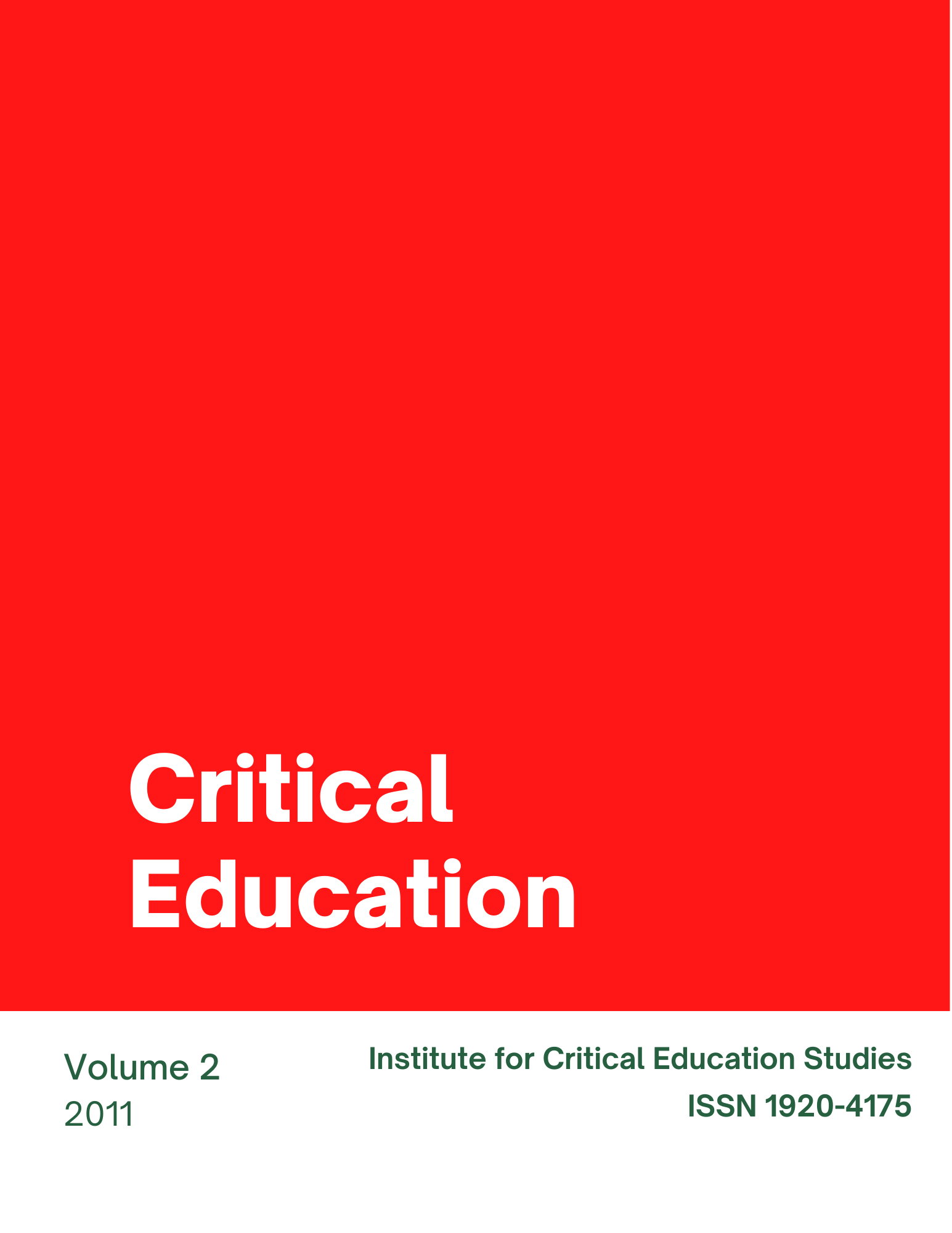Federal Initiatives and Sex Education: The Impact on Rural United States
DOI:
https://doi.org/10.14288/ce.v2i13.182237Keywords:
Sexuality, Abstinence, Rural, Curriculum, Heteronormativity, Government, No Child Left Behind, LegislationAbstract
Overall, there is much that is yet unknown in rural sex education initiatives. Federal programs connected with NCLB attempt to measure AYP in numerous areas, but sex education is not among them. However, sex education is defined quite narrowly within existing legislation, including AFLA, Title V, and CBAE, as “abstinence-only-until-marriage” and fiscal incentives are given to school districts for following these guidelines. In rural areas, where issues of size, poverty, financial distress, geography, local control, enrollment decline, and rapid ethnic diversification are at the forefront, it should come as no surprise that rural districts often require this money for survival. From there, however, the path becomes less clear in relation to sex education. It is unclear what is being taught and who is doing the teaching. In addition, the narrow definition of abstinence-only-until-marriage ignores sexual agency in students and involves a heteronormative metanarrative that often associates queer with disease. Due to the lack of research in this area, it begs further questions of the field of rural sex education, such as: Who is teaching? What is being taught? Is there a curriculum? How are queer issues handled? How do students and teachers make sense of abstinence-only-until-marriage in a way that is inclusive (or not)?Downloads
Published
Issue
Section
License
Authors who publish with Critical Education agree to the following terms:
- Authors retain copyright and grant the journal right of first publication with the work simultaneously licensed under a Creative Commons Attribution License that allows others to share the work with an acknowledgement of the work's authorship and initial publication in this journal.
- Authors are able to enter into separate, additional contractual arrangements for the non-exclusive distribution of the journal's published version of the work (e.g., post it to an institutional repository or publish it in a book), with an acknowledgement of its initial publication in this journal.
- Authors are permitted and encouraged to post their work online (e.g., in institutional repositories or on their website) prior to and during the submission process, as it can lead to productive exchanges, as well as earlier and greater citation of published work (See The Effect of Open Access).


